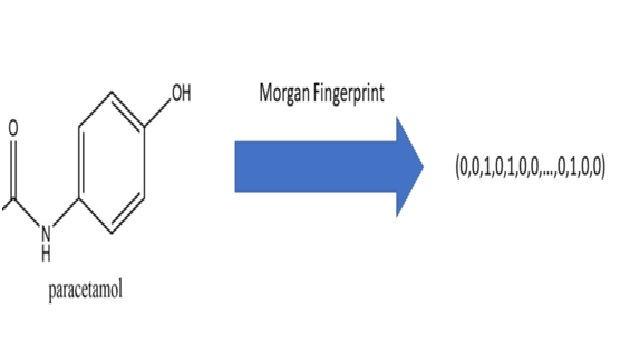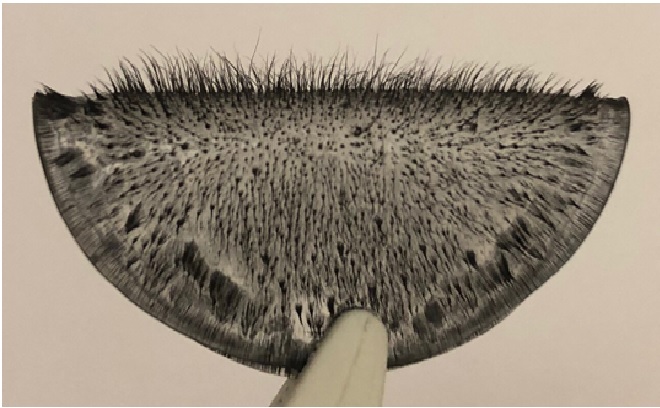Artificial Materials Made Transparent or Completely Invisible Using Revolutionary Technology
A team of scientists from the University of Rostock has devised a revolutionary process that may make artificial materials transparent or even completely invisible on command. In partnership with researchers from the Vienna University of Technology, the team has devised a completely new method for designing artificial materials that can carry light signals without distortions using precisely controlled energy flows. In science fiction, such as Harry Potter's Cloak of Invisibility, making anything invisible is a recurring trope. It certainly sounds nice, but the reason it appears so frequently in stories is because it would be an extremely valuable piece of technology. [1]

Figure 1. Artificial Materials Made Transparent or Completely Invisible Using Revolutionary Technology
Figure 1 shows there are some obvious applications for espionage and the military, but not limited to those. Given the great utility, it should come as no surprise that scientists and engineers have been working on this technology for some time.
Describing the “starting point” of the process, the authors said that they took into consideration a beam that is thrown into an inhomogeneous optical mesh lattice. The output beam can develop high-intensity changes and diverge significantly from its initial shape at the output due to diffraction, scattering, and absorption in the medium. [2]
The movement of energy, or more correctly, the amplification and attenuation of light, is described by the second attribute, known in the field of photonics as non-Hermiticity.
Intuitively, the accompanying consequences may appear to be undesired — fading of a light beam owing to absorption, for example, would appear to be highly detrimental to the objective of increasing signal transmission. Non-Hermitian effects, on the other hand, have become an important part of modern optics, and an entire field of research is dedicated to harnessing the complex interplay of losses and amplification for new functionality. [3]
“This approach opens up entirely new possibilities,” reports doctoral student Andrea Steinfurth, first author of the paper. In regard to a beam of light, it becomes possible to selectively amplify or dampen specific parts of a beam at the microscopic level to counteract any onset of degradation. To stay in the picture of the nebula, its light-scattering properties could be completely suppressed. “We are actively modifying a material to tailor it for the best possible transmission of a specific light signal,” Steinfurth explains. “To this end, the energy flow must be precisely controlled, so it can fit together with the material and the signal like pieces of a puzzle.” [4]
References:
- https://newslogic.in/science/artificial-materials-can-be-made-transparent-or-completely-invisible-using-revolutionary-technology/
- https://gadgets360.com/science/news/artificial-materials-transparent-completely-invisible-new-process-technology-3065657
- https://m.thelocalreport.in/artificial-materials-can-be-made-transparent-or-completely-invisible-using-revolutionary-technology/
- https://scitechdaily.com/transparency-on-demand-new-process-can-render-artificial-materials-entirely-invisible/
Cite this article:
Thanusri swetha J (2022), Artificial Materials Made Transparent or Completely Invisible Using Revolutionary Technology, AnaTechMaz, pp. 95















